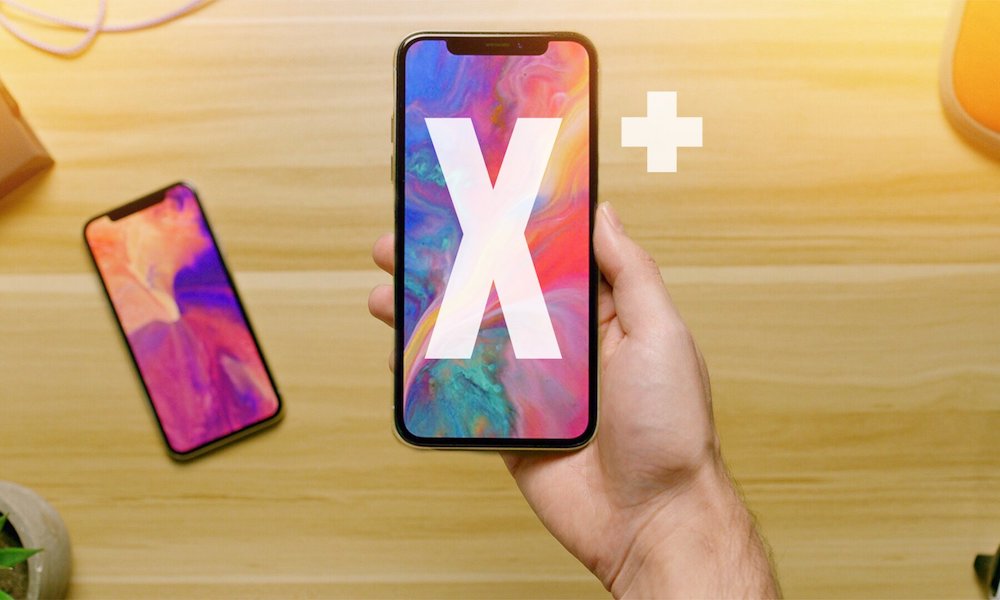Why Your Carrier Isn’t Happy About eSIM Tech in 2018’s New iPhones
 Credit: Jonathan Morrison
Credit: Jonathan Morrison
Toggle Dark Mode
With Apple slated to release three radically redesigned iPhone models this fall, all sights are set on what the company is anticipating will be another year of record-smashing sales. Consumers will have quite the selection of new iPhone models to choose from this year, including two 5.8- and 6.5-inch OLED display-equipped variants and a mid-range model boasting the same advanced technology with a large MLCD+ display.
While buyers have much to look forward to in this year’s iPhone models, unfortunately the same cannot be said of the many wireless carriers commissioned with their front-end distribution. And that’s because, according to a research note published by Barron’s this week, Apple’s upcoming iPhone models could possibly debut featuring integrated eSIM technology.
What Is an eSIM?
Unlike the traditional, swappable plastic SIM cards which are given out by wireless carriers and inserted into sliding/locking trays on the sides of compatible devices allowing them to connect to the carrier’s mobile network; an eSIM card is physically soldered onto a device’s main circuit board during the manufacturing process.

This eliminates the need for a traditional SIM card or tray, since an eSIM can be programmed remotely, over the air in a matter of minutes.
Apple employs the same eSIM technology in its LTE capable Apple Watch Series 3 models, so it’s not technologically improbable to think that Apple won’t employ eSIM technology on its upcoming iPhones, too.
Why Carriers Aren’t Happy About eSIM
Technologically speaking, an eSIM is essentially the same as a regular SIM card — with the only key difference being that the former is physically built into the device, and can be activated and/or deactivated remotely via an over the air update.
For consumers, what having an eSIM onboard means is that they’ll be able to switch carriers more freely, easily and without much intervention on their behalf — save for settling-up on any bills or fees associated with your account.
In this sense, BGR notes, an eSIM would effectively remove the “hassle of replacing a physical part of your phone in order to move from Verizon to AT&T (for example),” adding that the customer would need only contact the carrier of their choice to initiate service on demand.
Of course, while this eSIM configuration would undoubtedly serve the best interests of iPhone owners, the move would make it much harder for wireless carriers (such as AT&T, T-Mobile, Verizon or Sprint) to maintain control over their customers. For instance, if activating your shiny new iPhone requires little more effort than placing a phone call or even a pressing a button, you may feel more inclined to purchase your device outright, deciding on a wireless provider when and where you want one.






